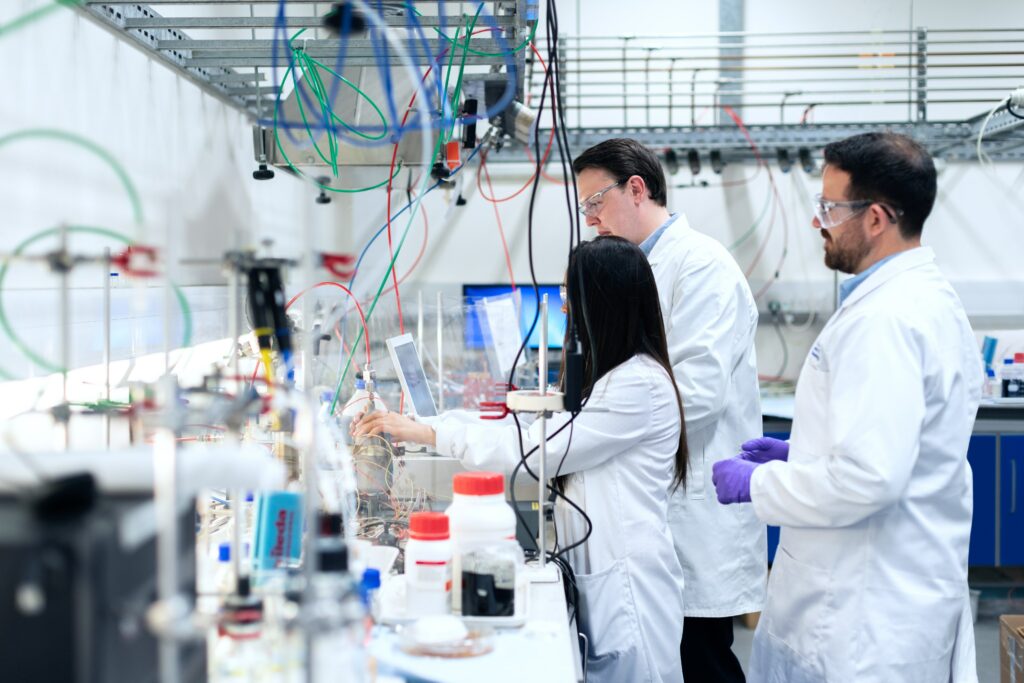
2023, a pivotal year for SMRs?
Small modular reactors (SMRs) could potentially address the slowdown in the nuclear power industry. They possess several benefits, including compact physical size, lowered capital expenses, and the capability to be placed in areas that larger nuclear plants cannot. For example, they could be placed in former coal-fired power stations.
In addition to their smaller size, SMRs are also considered to be less complex, safer, and more cost-effective compared to traditional reactors. They can be utilised for a variety of purposes such as power generation, industrial process heat, and desalination. The development of SMRs is primarily led by North America, with Canada aiming to launch the first SMR plant by 2028.
Other nations like Estonia are also exploring the potential of SMRs as a way to improve their energy mix. However, before they can be adopted widely, their feasibility needs to be demonstrated on a larger scale.
Financing for SMRs is typically obtained through a combination of private and public funding sources. Private funding options include venture capital, private equity, and debt financing, while public funding options include government grants, subsidies, and loan guarantees. Furthermore, SMRs can also benefit from economies of scale due to their smaller size and pre-fabricated components, which can lower the construction costs. Additionally, their modular design enables them to be built more quickly than traditional reactors, making them more appealing to potential investors.
However, there is a high capital expenditure associated with SMR development, particularly when exotic designs and fuels are used. As of recent months, it is expected to be more challenging to secure private investment for SMR developers in 2023 compared to previous years. Investors are increasingly moving away from early-stage startup projects and investing more in long-term opportunities in the later stages of development.
Furthermore, venture capitalists are becoming more selective in their investment choices and are making fewer investments than in 2020.
Obtaining private investment in 2023 may be challenging due to factors such as the potential for a prolonged recession, heightened competition in public markets, market volatility, geopolitical instability, and unfavourable economic conditions, which make it difficult for investors to commit their capital.

Determining the precise number of SMR developers globally is difficult, as they are at different stages of development, and some are said to be ready for deployment soon. However, it is known that there are around 50 SMR designs and concepts worldwide, with Russia currently being the only country with a viable SMR industry. Additionally, Ontario Power Generation (OPG) has announced it will move forward with engineering and design work with three developers of grid-scale SMRs. Furthermore, the need for secure infrastructure for any nuclear development can further limit the number of SMR developers.
Given the large number of SMR developers globally, the many technologies that are still in early stages of development, and the limited availability of funding in the market, 2023 will be a significant year for many SMR developers as investors will likely review and prioritise their investments.
Is this beneficial? It is possible that the rationalisation of different designs will allow the identification of those with the most robust foundations to withstand economic fluctuations. These developers may emerge stronger and with an increased opportunity to capture a larger share of the market than previously expected.



